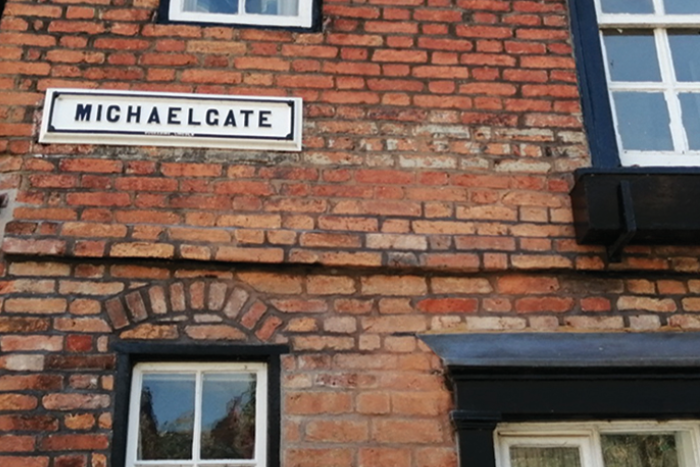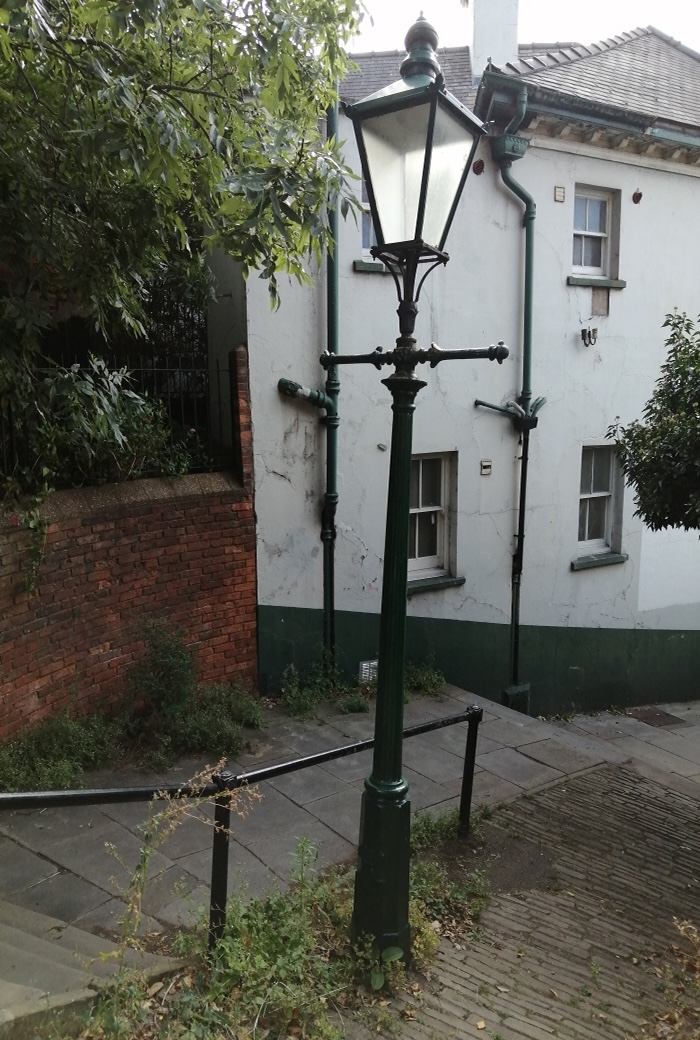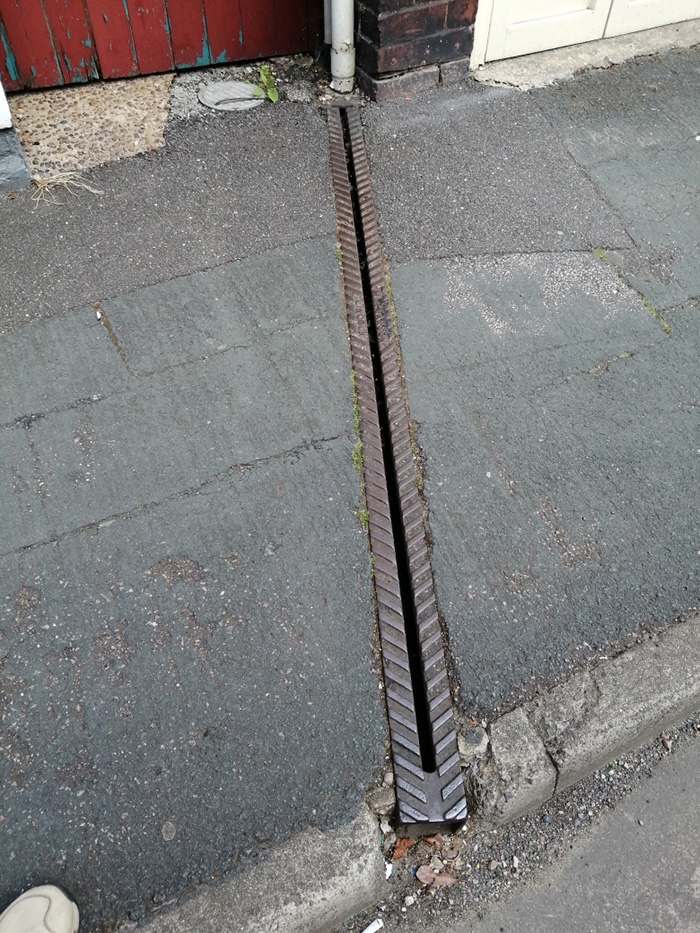
Furnishing Lincoln’s Streets
Arthur Ward of The Survey of Lincoln examines some examples of Victorian and early twentieth-century street furniture which can still be seen in the city.
From the mid-Victorian era up to the outbreak of the First World War, Lincoln experienced a massive expansion in its housing stock, much of it in the form of terraced properties. This growth helped accommodate workers and their families, especially in the city’s burgeoning engineering industries.
This expansion brought with it the requirement to provide better sanitation, water and gas supplies and, later, electricity, as national concerns about these matters filtered down to a local level through the implementation of legislation.
In addition to examples of the city’s better-quality Victorian and Edwardian housing which still survive today, some of the street furniture of the period can still be seen.
Items of street furniture include street-name plates – probably the most prolific of items – footpath rainwater channels, gratings, inspection covers, lamp posts, bollards, handrail supports and railings. Many are small and often overlooked; others are taken for granted without realising their intrinsic historic value.
Look closely at these items and you will see the link to the city’s engineering past. Who better, for instance, to provide the name plaques for many of the city’s new streets than the Lincoln firm of Duckering’s?
Its distinctive rectangular-cast plaques with black raised lettering can still be seen in several of the city’s streets, with the company name appearing on the lower edge of the signs. The company was established in Lincoln in 1845, and its retail shop on Monks Road did not close until 1966.
The name Duckering, along with their symbol, a duck on a ring, also appears on early gratings in road channels allowing disposal of water from the highway. The ingenious design of footpath rainwater channels, a cast-metal box section with cleaning gap and raised chevron pattern to stop slipping, allows for rainwater from the dwellings to flow into the road channel. Of those that still exist, several carry the names of Lincoln manufacturers: Duckering; M. Pearson and W. Rainforth & Sons.
The lighting of the city’s streets, on a limited scale, began in 1791. Until the passing of the Electric Lightning Act in 1882, gas was the main power source for lanterns on columns and brackets. Many of these still survive, now all refurbished and adapted to electricity.
Look for the original ones carrying manufacturers’ names: Porter & Co., Duckering, Penny & Porter and Foster. The ‘leaning’ lamp post on Steep Hill is a fine Foster example and was used as a template for replica columns. These were provided by Beevor Foundry – now some 20 years old – and were installed in the city’s historic core, from Danesgate to Newport Arch and Westgate to Pottergate, to supplement the remaining Victorian street lighting columns.
Other examples of Victorian and early-twentieth-century street furniture included the handrails to aid pedestrians navigate the city’s hilly terrain, especially on Steep Hill, Greestone Stairs and Spring Hill, as well as Motherby Hill and footpaths off Yarborough Road leading into the Carholme ward. The stanchion supports for many of these were manufactured in the city by its engineering companies. Sadly, most have lost their wooden handrails.
A more detailed study of the city’s locally-made street furniture by Arthur Ward can be found in The Survey of Lincoln book Lincoln’s Engineering Industries: A Concise History, available in local bookshops.


